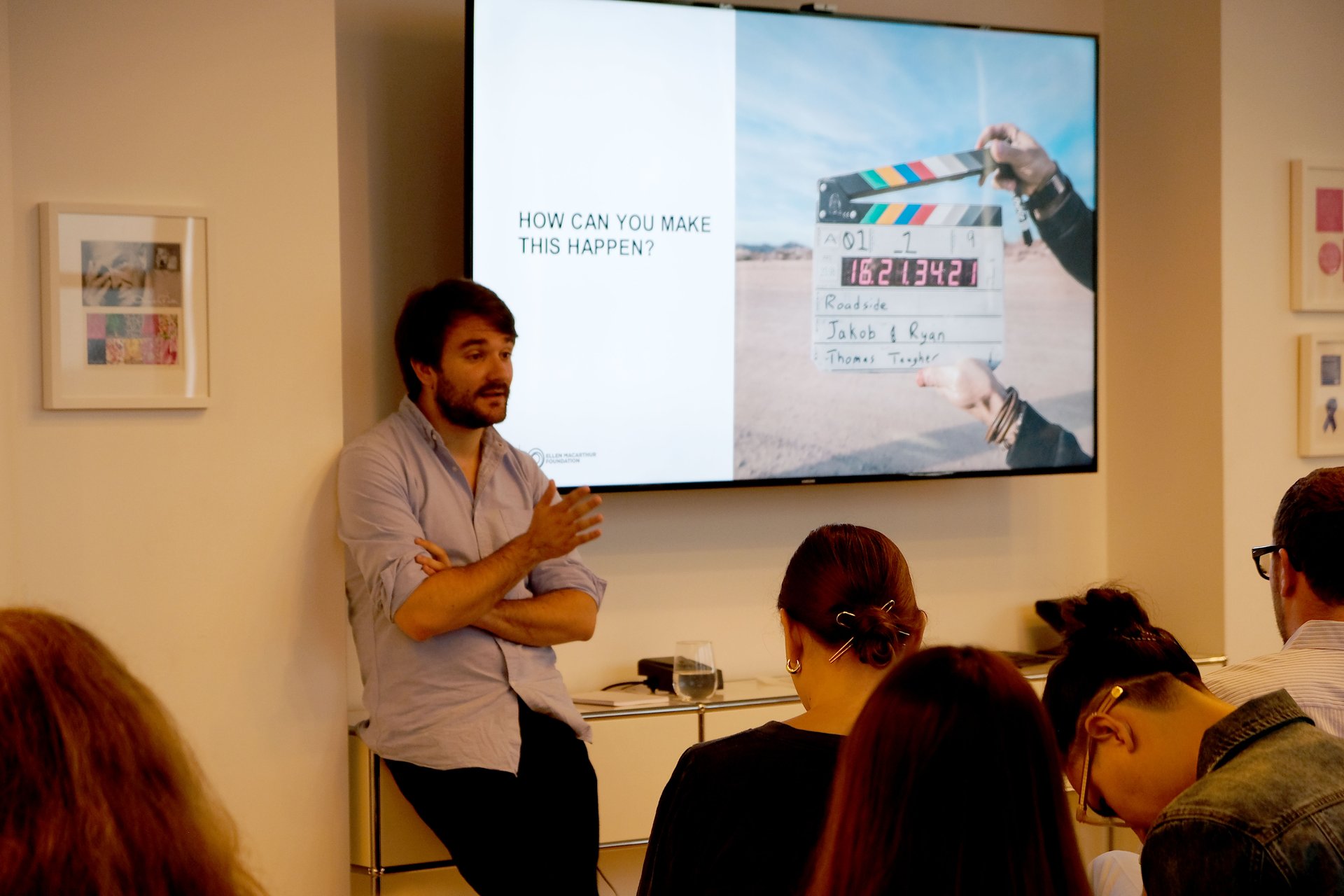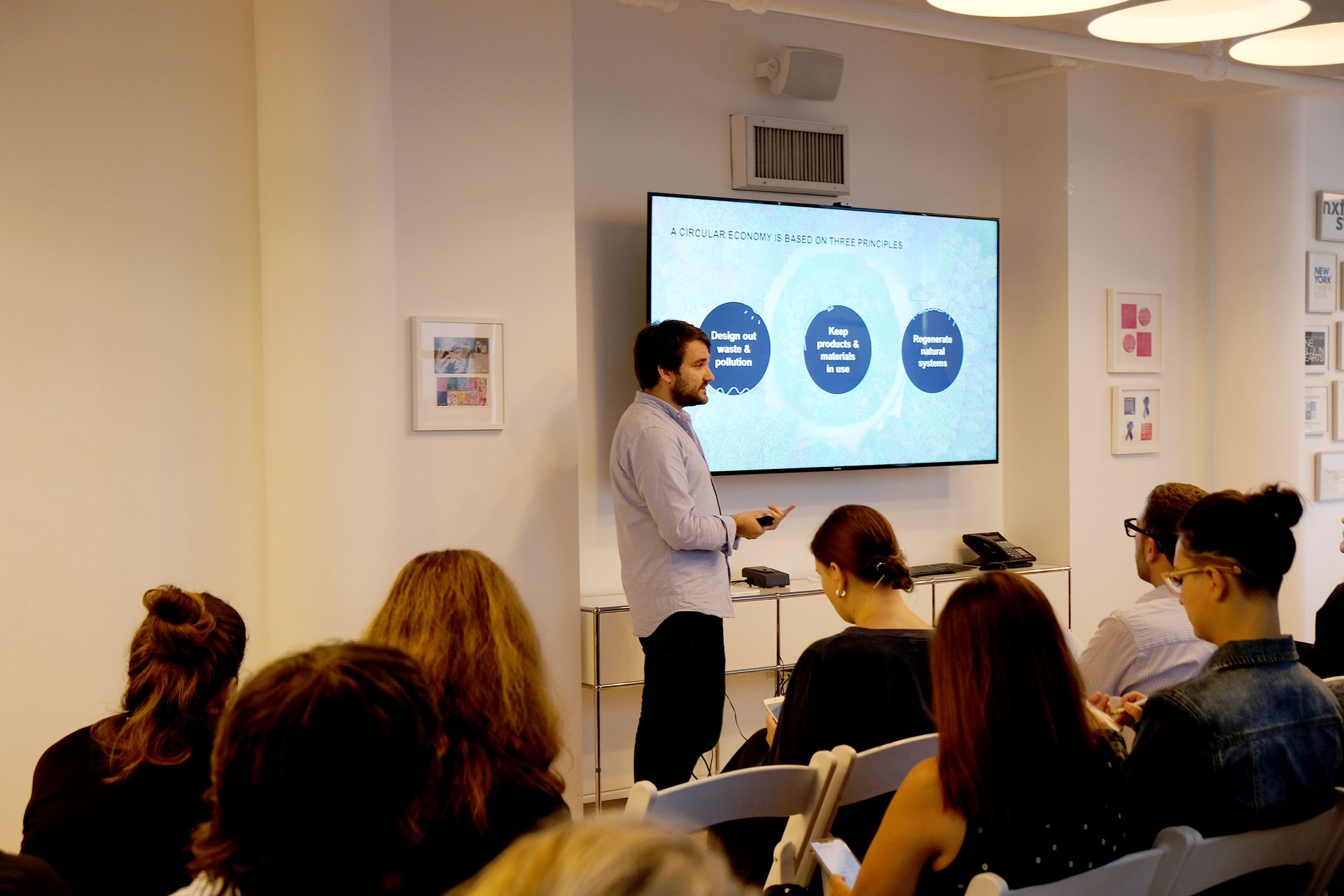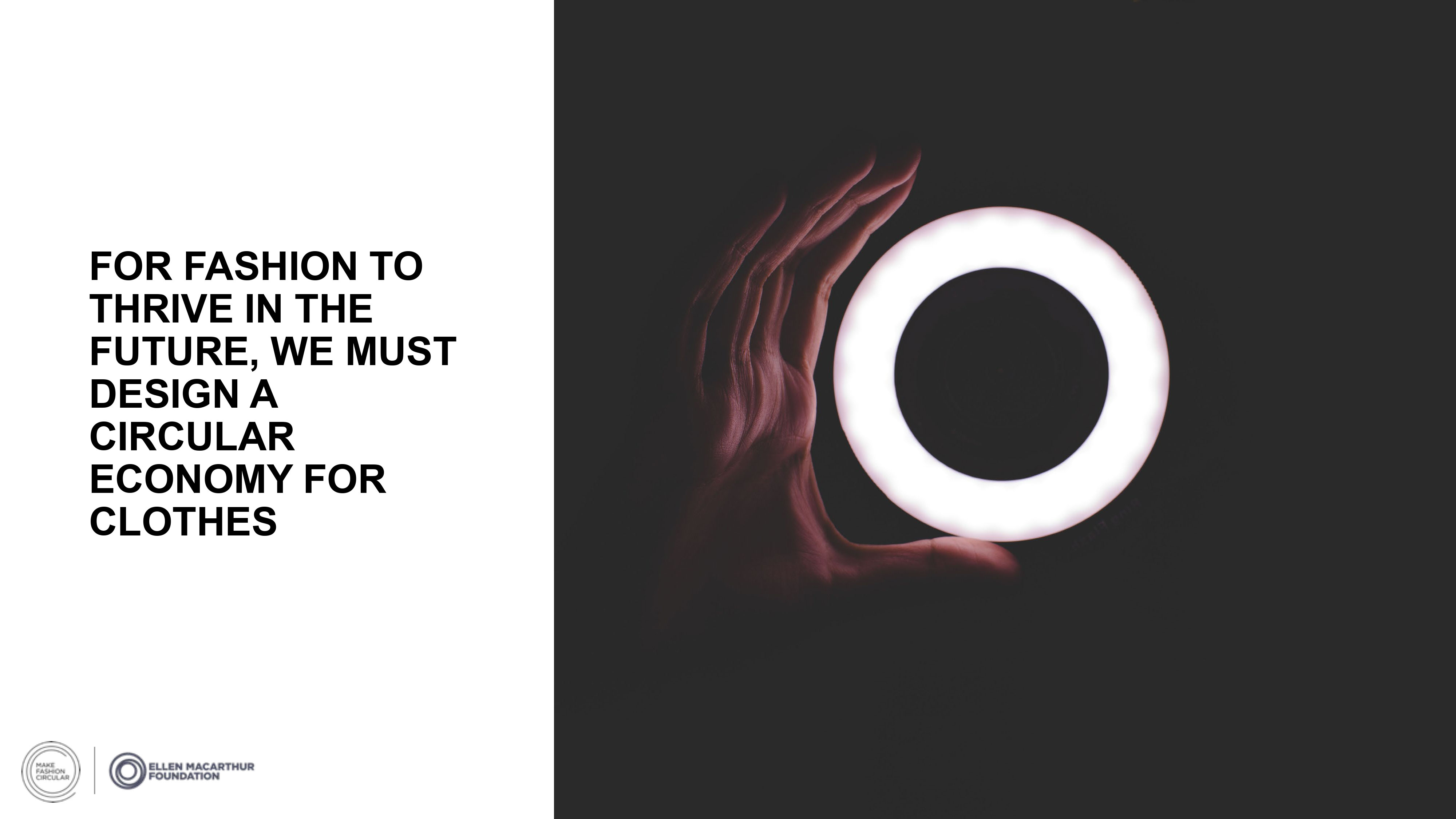How can emerging designers and established designers be more sustainable?
Designers have a vital role to play, not just helping fashion to become less wasteful and polluting, but also helping to unlock new opportunities to create an industry that works better for society, for businesses and for the environment. They have the power to inform material choices and garment composition, and they can make clothes that people wear for longer, and that can go on to have many lifecycles beyond a single owner.
Designers should consider the entire lifecycle of the clothes they create, as well as the business models through which customers access those clothes. Today, designers are often constrained by the linear approach, where value comes from making more and selling more, and the constant pressure to create larger collections and produce more and more clothing. By challenging this, and adopting the principles of a circular economy, they can create amazing products that steer the industry in a new direction.
A garment’s design can inform how long it is used for. Designers could consider whether a product can become more beautiful over time and whether the look can be upgraded again and again. Products can be designed that are easier to recycle. Designers can choose to design out material blends, for example, keeping natural and manmade fibers separate so they are easier to reuse.
Can you elaborate on Ellen MacArthur Foundation’s mission, and what it means to you?
The Foundation’s unchanging goal is to accelerate the transition to a circular economy – an economy in which we use resources, without using them up; where we design out waste, keep materials in use, and we regenerate natural systems. It is about looking at how we can unleash talent, creativity and innovation and embrace opportunities to transform our economy so that it works better for society, for businesses, and for the environment.









